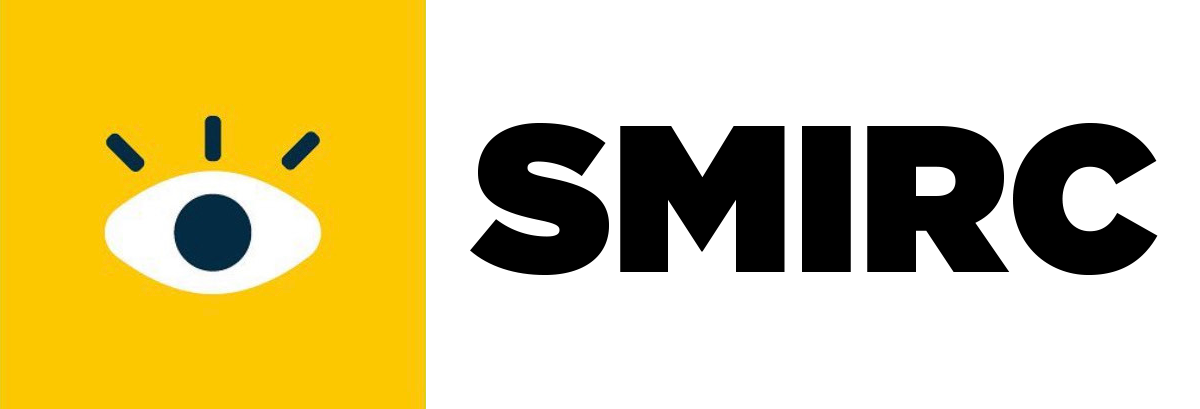Social Media to Improve Retina Care, SMIRC, Inc
Our Mission:
There are 2,500 trained retina surgeons in the United States and approximately 80-100 spots for retinal training fellowships annually to provide care for the 350,000,000 people (700 Million eyeballs) in the US alone. Certain regions have a shortage in specialists to appropriately evaluate and care for patients in which there are often retinal emergencies. Retina disease affects 5.35% to 21.02% of the US population (18-73 M people), many with and without symptoms, and outcomes are directly related to the timing of specialized evaluation, treatment, and potentially surgery in appropriately equipped Centers with skilled surgeons to operate. Financial changes in private equity will contribute to larger shortages in the future.
Despite the likely shortage of skilled and trained surgeons in the US, other areas/countries have even worse shortages. Some live hours from a facility with adequate staffing and equipment to handle emergencies. Further, after hour and weekend coverage can be scarce. There are disparities in the US—where some areas are rich with resources (i.e. near academic centers—Boston- Harvard, Mass Eye and Ear Institute, Kellogg Eye Center, U of Michigan) and others scant. Travel adds to complexity where an individual could be far from timely access to resources and staff. Coverage/reimbursement rates are dwindling, increasing disparities in access to care.
Social media is one of the most influential communication tools worldwide. It allows users to produce and share content without previous evaluations. The numbers are impressive: from a total of 7.7 billion people in the world, 3.8 billion use the Internet, and 1.5 billion use short videos (stories) for daily communication.
Social media entities are built primarily for communication, sharing ideas, creating awareness, and coordinating activities. It is often a powerful tool that brings support groups together to share experiences, thoughts, and even share photos and humorous postings to keep a group engaged. Many times, advice is sought and individuals can only go by what others have similarly experienced, but often there is no support from a specialist or physician. A quick search on Facebook alone shows that over 15,000 individuals are subscribed to retinal detachment support groups.
Through research and collaboration of retinal specialists from Mass Eye and Ear and Casey Eye Institute, SMIRC fulfills an important unmet need among patients. Together, we reduce the gap between the widespread power of social media and the shortage of available retina specialists world wide (many who are too busy to sit on social media).
Thank you so much for your support.
Hana Ruran, Founder and President


References
- Latif M, Hussain I, Saeed R, Qureshi M, Maqsood U. Use of smart phones and social media in medical education: trends, advantages, challenges and barriers. Acta Inform Medica. 2019;27(2):133.
- Meeker M. Tendências da internet. 2019. https ://hack.consu lting /tende ncias -para-inter net-2019-mary-meeker/. Accessed 5 Apr 2020.
- Ricardo Luz Leitão Guerra. A perspective on retina education through social media. Leitão Guerra Int J Retin Vitr (2020) 6:44
- Sidney A Schechet, Hemang K Pandya, and Mitul C Mehta Social media collaboration of retinal physicians: A ‘Young Retina Forum’ survey, European Journal of Ophthalmology 2020, Vol. 30(4) 770 –77
